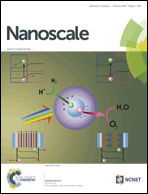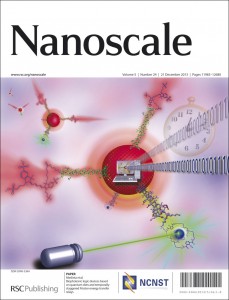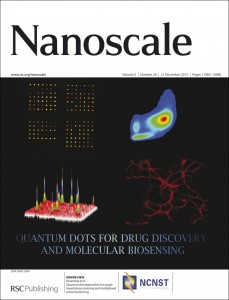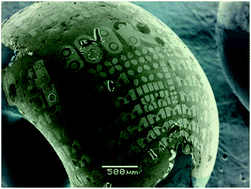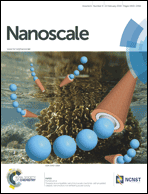
Towards biocompatible nano/microscale machines: self-propelled catalytic nanomotors not exhibiting acute toxicity is the article highlighted on the outside front cover by Elaine Lay Khim Chng, Guanjia Zhao and Martin Pumera.
The inside front cover features an article on Design of advanced porous graphene materials: from graphene nanomesh to 3D architectures by Lili Jiang and Zhuangjun Fan.
Issue 3 contains the following Review, Feature and Mini-review articles:
Highly reactive {001} facets of TiO2-based composites: synthesis, formation mechanism and characterization
Wee-Jun Ong, Lling-Lling Tan, Siang-Piao Chai, Siek-Ting Yong and Abdul Rahman Mohamed
Engineering BiOX (X = Cl, Br, I) nanostructures for highly efficient photocatalytic applications
Hefeng Cheng, Baibiao Huang and Ying Dai
Metallic glass nanostructures: fabrication, properties, and applications
Lianci Liu, Molla Hasan and Golden Kumar
Inorganic nanostructured materials for high performance electrochemical supercapacitors
Sheng Liu, Shouheng Sun and Xiao-Zeng You


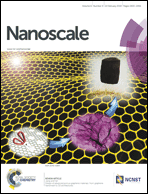









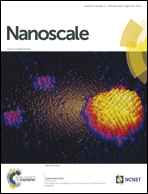 Nanoscale is delighted to present its
Nanoscale is delighted to present its 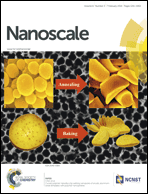
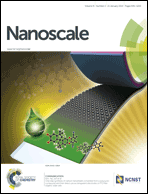 Nanoscale is delighted to present its
Nanoscale is delighted to present its 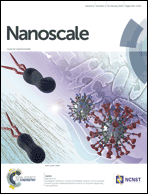
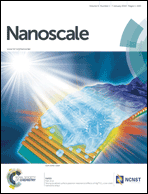 Nanoscale is delighted to present its
Nanoscale is delighted to present its 